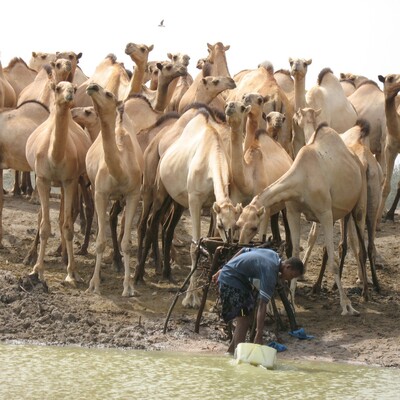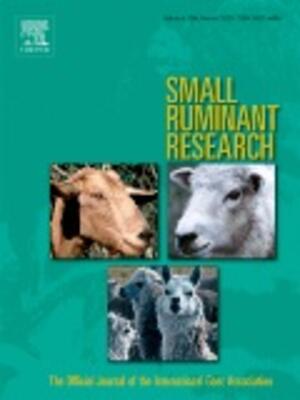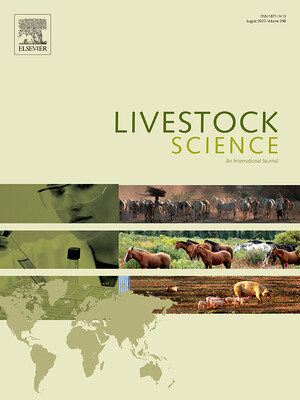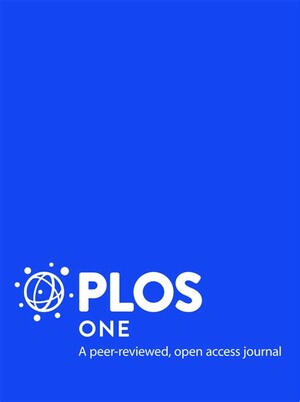
The economics of recently introduced village cattle production in a tsetse affected area. (I): Trypanotolerant N'Dama cattle in Zaire
Abstract
Trypanosomiasis, a disease transmitted by the tsetse fly, is a major constraint to livestock production and mixed farming in Africa. Due to the prevalence of trypanosomiasis and skin diseases in much of Zaire, it was concluded that cattle production was only feasible through the introduction of trypanotolerant breed, in a tsetse affected area which was until recently devoid of cattle. A social-level economic analysis and a private-level financial analysis were performed using a herd model. The study reveals that cattle production was profitable socially and privately, and the cattle lease scheme provided substantially higher returns than if farmers had to purchase all their stock. The introductory scheme was successful as cattle are now part of the farming system and their numbers have been increasing. Results suggest that introducing N'Dama cattle into village systems of areas with no tradition in cattle husbandry is feasible and profitable.
Citation
Agricultural Systems;47(3): 347-366









